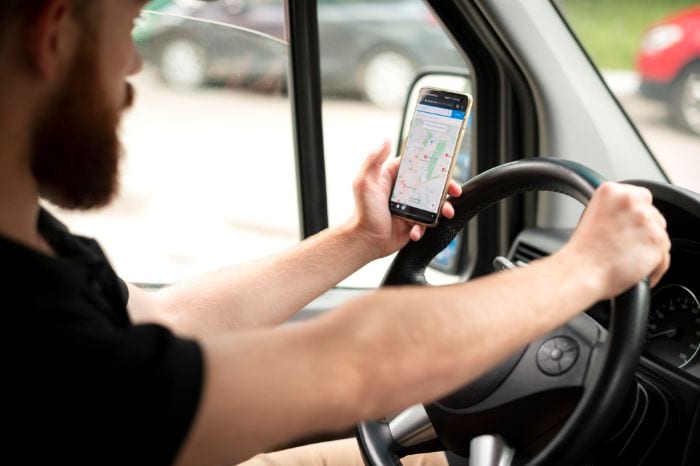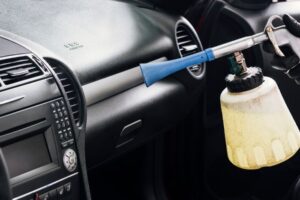GPS technology has become almost omnipresent in modern life. We use GPS daily to keep track of people, assets, and vehicles. You can obtain information that will assist you in resolving concerns such as compliance, efficiency, and safety. But do you really understand it?
How does this happen, and how car tracker works?
What Exactly is GPS Tracking?
GPS (Global Positioning System) is a network of satellites orbiting the Earth that can help determine the location of an object or track the movements of vehicles and loved ones. It was developed in the 1960s for military use and for general usage in 1983. GPS is now used for various purposes, from global military exercises to driving directions.
What Does a Tracker Do?
GPS tracking necessitates the installation of a tracking device in a vehicle, an object, or on a person. The device gives information about the exact location and subsequent motions. It can detect a vehicle’s or person’s exact location, where they are on their route, and monitor how they perform.
Helpful Resource: Best Car Care Products Distributors in UAE
How Does a Tracking Device Work?
A receiver decodes the specific satellite signals that GPS tracking systems transmit. These GPS receivers track the GPS device’s exact location as well as its time and velocity. These positions can also be estimated and shown using four different GPS satellite signals in three-dimensional perspectives. GPS systems are divided into three sections: space, control, and user.
The Space Segment
The Global Positioning System comprises 27 satellites that orbit the Earth. There are 24 active satellites and three backup satellites if one of the other 24 fails. These satellites orbit the Earth every 12 hours and broadcast signals that GPS receivers receive.
The Control Segment
Different tracking stations placed throughout the world control the Positioning System. These stations receive microwave carrier signals delivered by satellites, and GPS receivers transform these signals into data such as velocity, time, and position.
The User Segment
GPS receivers receive signals from GPS satellites and utilize them to identify the user’s position in space and time.
You may also like to read: Top 9 Highest Selling Car in UAE
Types Of GPS Systems
It can function in a variety of ways. Commercial GPS systems can be used to track the location of vehicles during travel. Some systems will keep information within the GPS, known as passive tracking. Passive GPS tracking monitors the location and can log data on the devices’ locations in the last 12 hours.
Other systems, known as active tracking or 2-way GPS, regularly transfer data to a centralized database via modem.
Why is GPS Tracking Used?
The most frequent applications of GPS technology are mapping and surveying, finding instructions, and keeping track of loved ones and assets for peace of mind. However, there were numerous other applications. Like
- It is widely used to track troop movements, aircraft, maritime navigation, and other activities.
- GPS tracking is frequently used in search and rescue activities.
- GPS tracking is commonly used to monitor vehicles. You can track the location and behavior of automobiles by placing GPS sensors on them.
- It contributes to greater efficiency and safety.
- It improves the accuracy and ease of routing and dispatching.
- Most wearable gear, such as watches used for running, biking, and hiking, uses it to provide users with information such as distance traveled, speed, and location in the wilderness.
The Legality of GPS Trackers
Installing a GPS device on a vehicle or other asset you own is entirely legal. However, using a GPS monitoring device on a person or in someone else’s vehicle necessitates checking current federal, state, and municipal legislation. These laws constantly change as new cases arise, so staying current on amendments is critical.
Final Words
No matter what services you provide, your customers expect quality and ease from you. We now carry GPS-tracking gadgets everywhere, thanks to the digital age. These apps will become more popular in the future as they fulfill more tracking needs.




